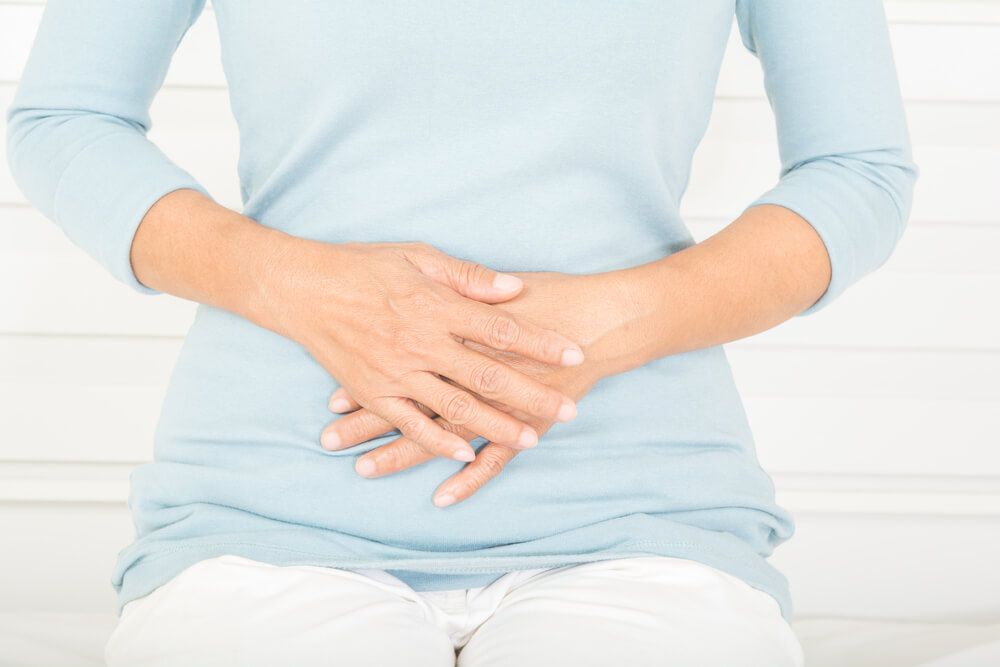As we women age, our bodies go through some drastic and remarkable changes. After the childbearing years, the 40s and the 50s, the female body begins to change away from procreation as the production of reproductive hormones naturally begins to decline. This phase of a woman’s life is called menopause and is signaled by 12 continuous months since the last menstrual cycle.
The average age in the United States for women to start menopause is around 51 years of age. There are three phases of menopause that women typically go through and they are perimenopause (beginning of the transition), menopause, and then postmenopause (usually around 36 months after the last menstrual cycle when the menopause symptoms start to dissipate).
Many questions surround this phase of female life, and for the purpose of this article, we are going to look at the postmenopause phase and a common question that arises often.
Postmenopause Phase
As mentioned above, the start of the postmenopausal phase varies from woman to woman, but on average, it tends to start between 24 and 36 months after the last period. During this time, most symptoms that were experienced during perimenopause and menopause will start to subside and these symptoms include:
- Hot flashes/night sweats
- Chills
- Mood changes
- Weight gain
- Loss of breast fullness
- Irregular periods/bleeding

While the irregular periods will stop at the end of menopause, irregular bleeding during the postmenopause phase can be alarming. However, bleeding after menopause is actually very common and in a very large percentage of cases, it is no cause for concern, but you should always talk with your doctor. One common question that gets asked often is, “What can cause postmenopausal bleeding?” Below are the common and severe instances in which bleeding after menopause can happen.
- Endometrial Polyps – these benign growths can develop in the cervix or attach to the wall of the uterus. While often non-cancerous, some can become cancerous and they range in size from a few millimeters to several centimeters in diameter.
- Endometrial Hyperplasia – this condition is often caused by the imbalance between estrogen and progesterone. What happens is that a rapid reproduction of cells in the endometrium (lining of the uterus) can cause the body to react in its presence to the thickening of the womb lining.
- Cancer – less common, but more serious is the possibility that uterine or cervical cancer are the causes of the bleeding. Both types consist of abnormal cell growth in the tissues and the most common symptom is abnormal bleeding. Many cases of cervical cancer are caused by HPV (human papillomavirus).
- Atrophic Vaginitis – Thinning of the uterus lining after menopause is one common change that women experience in the years after menopause. This is caused by the drop in estrogen levels and results in the vaginal mucosa becoming thinner, drier, and easily inflamed. There are several symptoms that can occur due to atrophic vaginitis and abnormal bleeding is one.
- Stress – both physical and mental stress can impact whether or not bleeding after menopause happens just like it can impact a normal menstrual cycle. Mood swings, depression, anxiety, insomnia, and other emotional factors can cause stress. Weight changes, illness, eating/drinking habits, and other physical factors can put your body under stress as well.
While most often the bleeding will be caused by a non-serious condition, it is crucial that you see your doctor to determine the reason for postmenopausal bleeding. Some of the conditions mentioned above are out of your control, but it is important to know the answer to the question of, “can stress cause postmenopausal bleeding?”
If you are looking for an experienced OB/GYN in the south Florida region, Dr. Andrew Krinsky is one of the best. With more than 30 years of providing our patients with exceptional care and treatments, we also proudly offer some of the latest procedures available to help improve the lives of our patients. One that can help tremendously with atrophic vaginitis is MonaLisa Touch laser therapy, which is a special non-invasive laser therapy treatment to help reverse the effects of the natural changes of a woman’s vagina. To learn more about MonaLisa Touch and the other services that we offer, visit our website.


